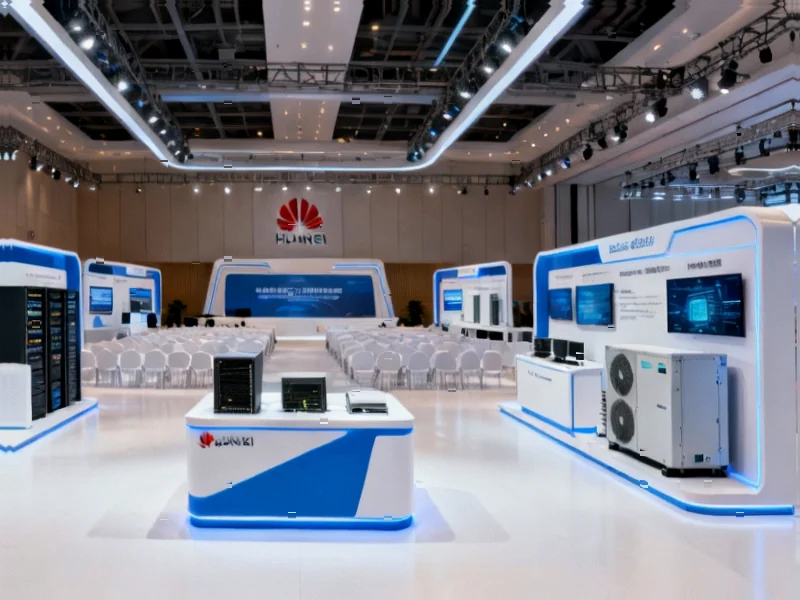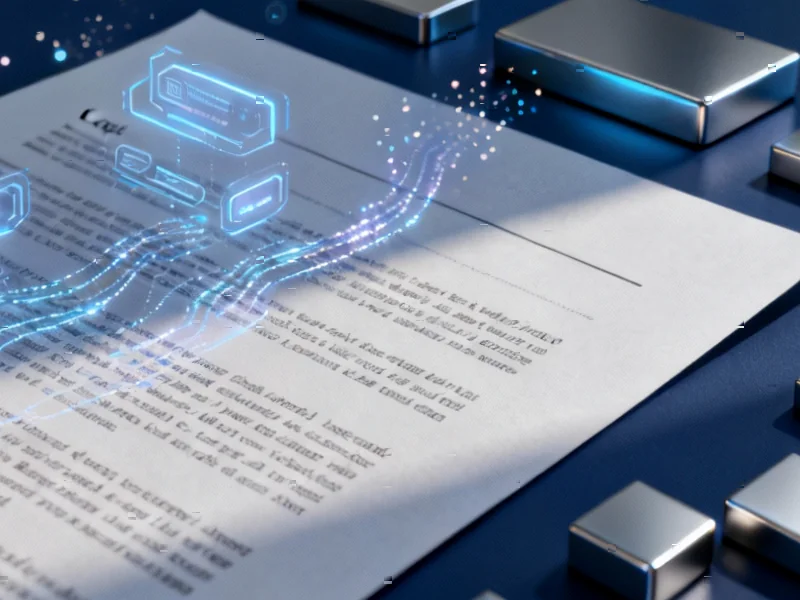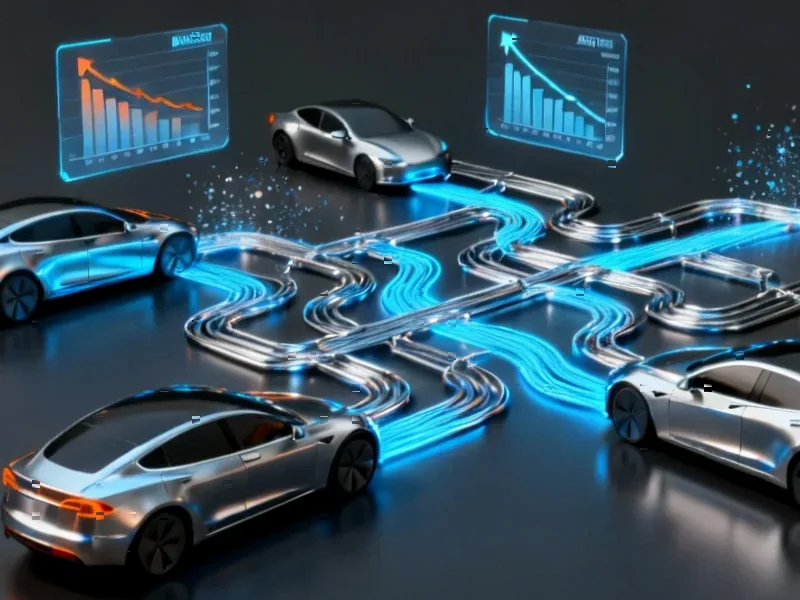According to Silicon Republic, Huawei concluded its 15-country, 25-city European enterprise roadshow at Dublin’s RDS Hall on October 16, showcasing the company’s latest ICT innovations in networking, storage, and optical solutions. The event featured dedicated renewable energy storage products targeting multiple industries including government, healthcare, education, retail, manufacturing, and transportation. Company executives Dennis Tossjin and David Minnis reported strong customer interest in AI-based solutions and digital transformation technologies. Minnis specifically highlighted China’s “outstanding” pace of sustainability development, noting that China now installs more solar capacity than the rest of the world combined, while criticizing Europe’s slow regulatory and planning processes for solar and storage projects. This final stop in Dublin also included the launch of Huawei’s business outlook report for Irish companies.
Table of Contents
The Scale of China’s Solar Advantage
When Huawei’s energy storage director claims China installs more solar than the rest of the world combined, he’s referencing a staggering reality that deserves deeper examination. China added 216.9 gigawatts of solar capacity in 2023 alone – more than the United States has installed in its entire history. This explosive growth stems from massive government support, vertically integrated manufacturing ecosystems, and aggressive cost reductions that have made Chinese solar panels 60% cheaper than Western alternatives. The Huawei executive’s comments reflect a strategic positioning: the company wants European businesses to see Chinese technology providers as essential partners in catching up, rather than competitors to be regulated against.
Europe’s Regulatory Quagmire
The criticism of European planning and regulation processes touches on a fundamental challenge that goes beyond what the roadshow discussion revealed. While European countries have ambitious climate targets, project approval timelines for renewable energy installations can stretch to 3-5 years in some jurisdictions, compared to months in China. This creates a paradoxical situation where Europe imports Chinese solar technology while struggling to deploy it at scale. The regulatory delays aren’t just bureaucratic – they reflect complex land use conflicts, environmental impact assessments, and grid connection studies that China bypasses through centralized planning authority.
Huawei’s Strategic Enterprise Pivot
The Dublin roadshow represents more than just product promotion – it signals Huawei’s strategic pivot toward enterprise and infrastructure solutions as geopolitical tensions constrain its consumer business in Western markets. By focusing on energy storage and digital infrastructure, Huawei can leverage its substantial R&D capabilities while navigating around security concerns that have limited its 5G equipment sales. The company’s reported €22.4 billion R&D budget in 2022 gives it resources to develop integrated solutions that combine power electronics, battery management, and AI optimization – exactly the technologies European businesses need for their energy transition.
The Changing Competitive Landscape
Huawei’s enterprise push comes at a pivotal moment for European energy infrastructure. Traditional players like Siemens and ABB face increasing competition from Chinese technology providers who bring integrated solutions combining power conversion, battery management, and cloud-based monitoring. The Dublin event location itself is significant – Ireland has become a European hub for data centers and technology companies, creating concentrated demand for the energy management solutions Huawei showcased. As European companies face pressure to decarbonize while managing energy costs, the appeal of turnkey solutions from experienced providers becomes increasingly compelling, despite political headwinds.
The Implementation Reality Check
While Huawei’s technology showcase appears impressive, European adoption faces several unmentioned hurdles. Data sovereignty concerns remain paramount, especially for government and healthcare applications highlighted in the roadshow. The integration of Chinese energy management systems with existing European grid infrastructure presents technical compatibility challenges that can’t be solved by technology alone. Furthermore, the very regulatory processes Huawei criticizes exist for legitimate reasons – environmental protections, community consultation, and safety standards that Chinese projects often bypass. European businesses must weigh the efficiency gains against these broader considerations when evaluating Chinese technology providers.



